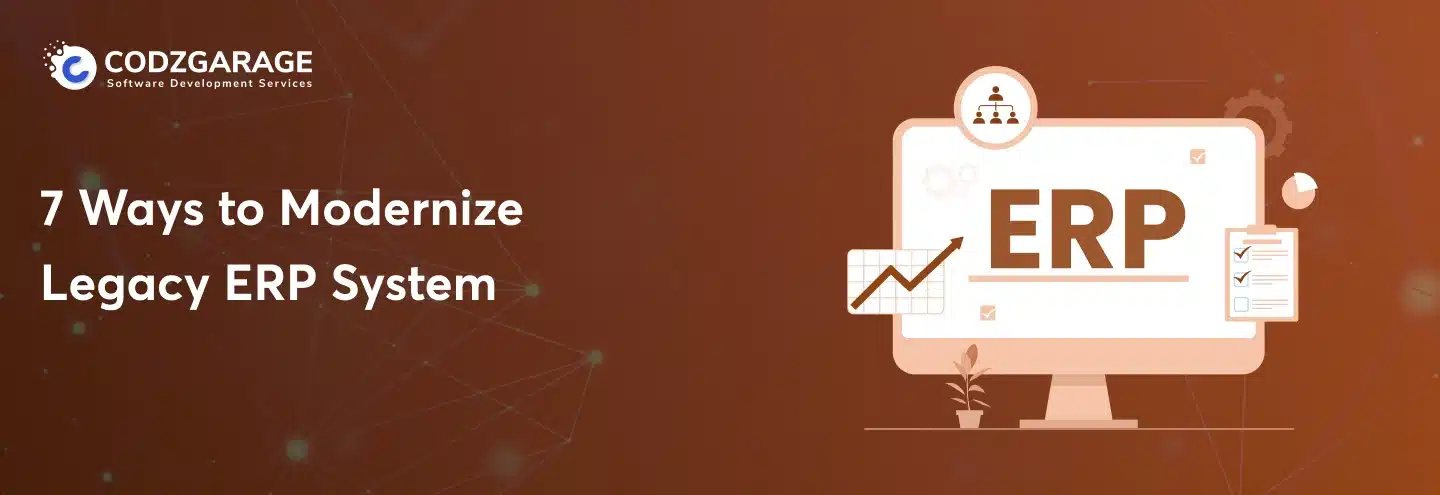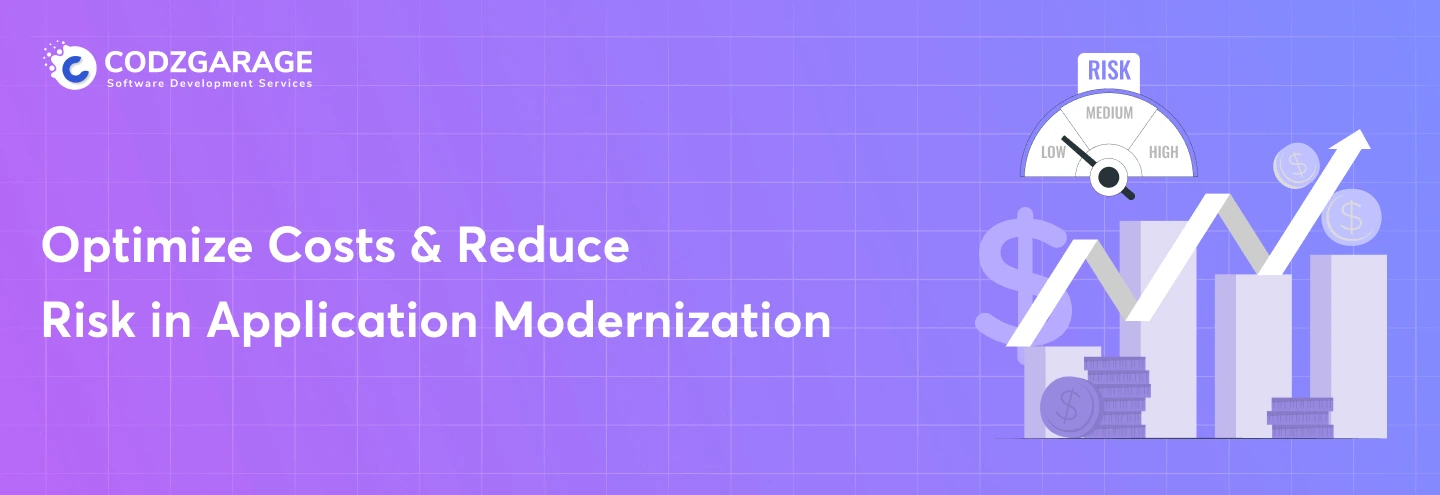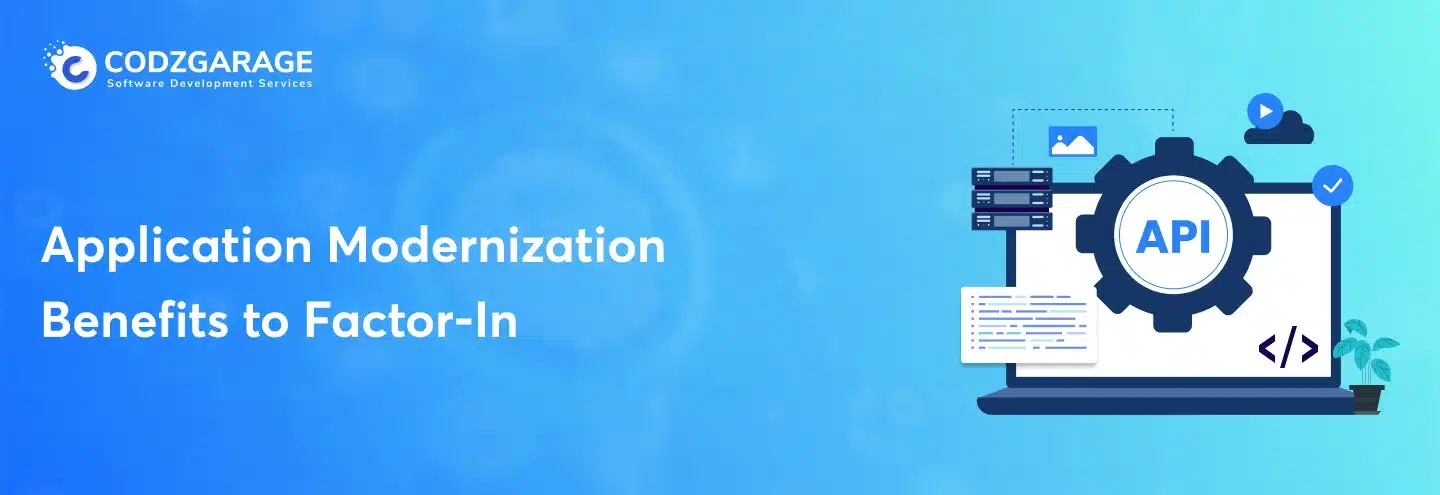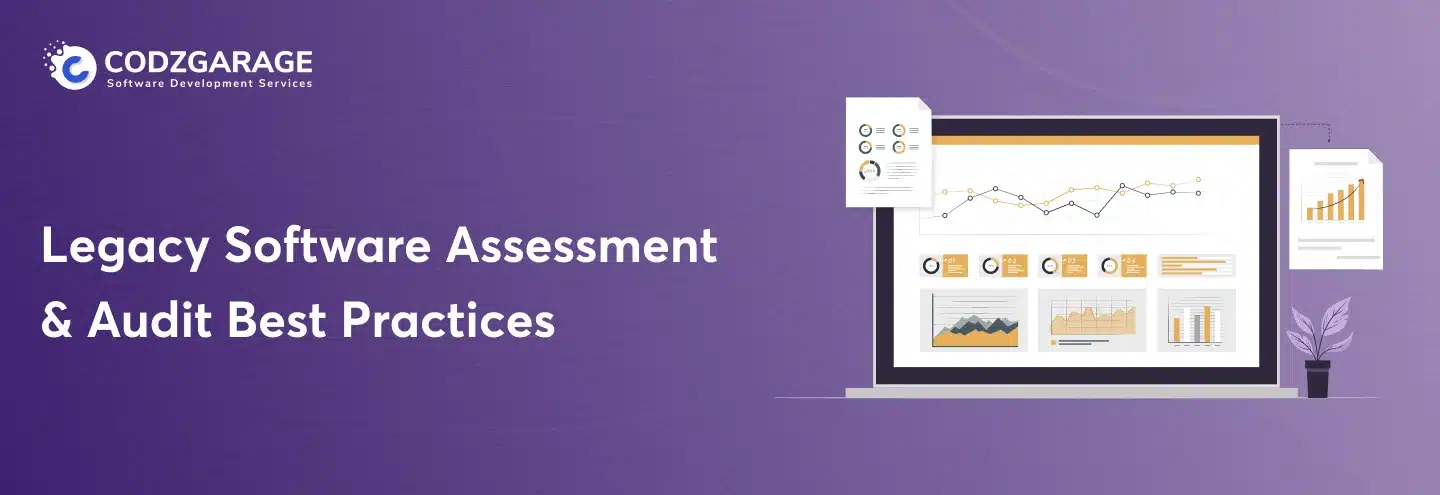10 Cloud Migration Challenges, and Solutions to Enslave Them
A complete guide to cloud migration challenges and solutions easing your way toward software modernization
However, it’s needless to say why cloud integration is imperative for today’s businesses; there’s a need to discuss the challenges associated with it. When you set out for cloud migration, there’ll be plenty of challenges to come along the way. That’s where this article comes in. It’ll drive you through a complete guide consisting of cloud migration challenges and solutions for your existing software.
An accelerated time to market and competencies to find new revenue streams through the cloud has the potential to skyrocket your business profit growth by up to 11.2% YoY. However, it’s possible for this to be true; companies need to migrate at least 60% of their systems to the cloud.
Now, you may have got the point why cloud migration is the future of software. But migration to the cloud isn’t that easy. Whether you migrate software on your own or with a service provider, there are some challenges that are bound to come along the way.
Codzgarage is a client-first Application Modernization & Software Migration Agency, providing high-end software migration services to businesses across the world. Contact us to get a free quote!
Factoring in the challenges associated with cloud migration, we’ve come up with this complete guide to help you. This guide consists of the 10 cloud migration challenges along with their solutions to back you in performing your app migration with no hassle!
Let’s get to grips with it!
What is cloud migration?
Before moving any further, we must know a bit about cloud migration, so let’s do that! Cloud migration is a process that involves turning a company’s services, digital assets, infrastructure, database, IT resources, and the like either partially or completely into the cloud. Besides, cloud migration can also be about migrating one cloud to another.
Organizations that have aging servers, potentially unreliable firewall appliances, and so on not working the way they should, are turning them to the cloud for a better experience of cloud computing.
Legacy to Cloud Migration Statistics: What You Need to Know?
With its unparalleled advantages, cloud migration has now become the need of the hour for businesses not only from India or the USA but from across the globe. The statistics below show how cloud migration has become the backbone of business today!
- The global cloud computing marketplace is likely to surpass $1 trillion by the year 2028.
- Around 67% of business infrastructure has now gone cloud-based.
- 94% of organizations are now making use of cloud services.
- The global cloud market reported its market size of $480.04 billion in the year dated back to 2022.
- Around 45% of the enterprise IT budget is likely to be spent on the cloud by the year 2026.
- More than 61% of enterprises are planning to increase their expense soon.
Glance through the image below showcasing the share of corporate data stored in the cloud over time!
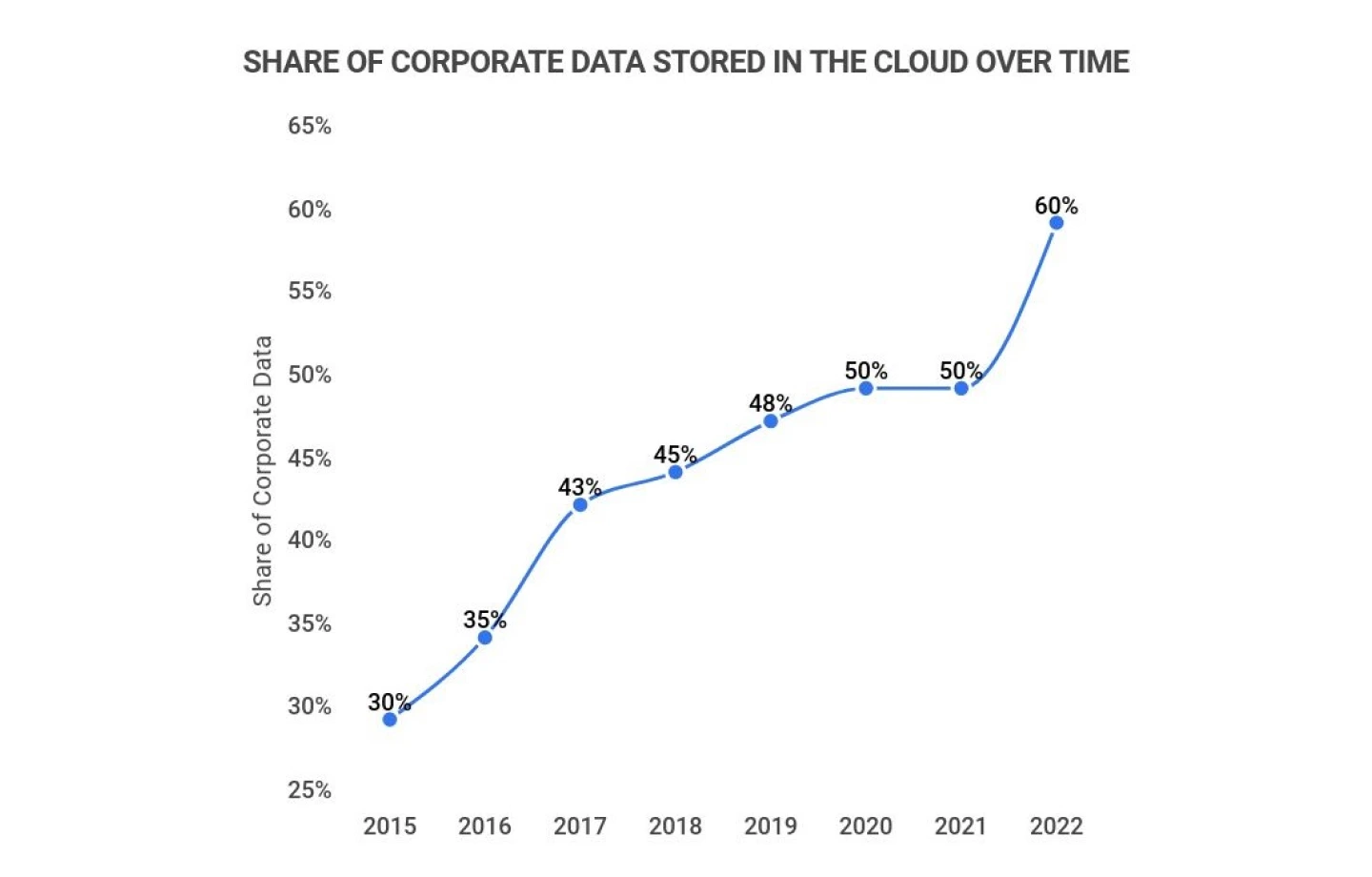
What Are The Benefits of Legacy to Cloud Migration?
Cloud migration consists of a detailed procedure of turning a company’s application’s IT resources, databases, workloads, and additional digital assets into the cloud computing environment. The migration to the cloud may be either partial or whole conversion to the cloud computing infrastructure. Following are some of the benefits you can embrace by performing cloud migration!
Enhanced Flexibility and Scalability
An organization using on-demand computing services pays merely for the resources it utilizes. That’s what frees an organization from choosing its preferred resources on demand. Furthermore, once migrated to the cloud, businesses can adapt to shifting consumer requirements with no worries about the minimum term, contract, or strict IT strategies timelessly and effortlessly.
Excellent Industry Compliance
Next up, the Cloud computing platforms provide solutions that suffice specific industry compliance needs. It results in making cloud migration essential for sectors including healthcare, banking, finance, and so on. For example, Azure’s Office 365 productivity platform has the potential to add files and Power BI activities, which enables regulators as well as users to keep an eye on the state of the data being used or accessed.
Robust Security
Cloud services enable organizations to store their crucial data while ensuring greater confidentiality with protection. Yes, it’s possible with the advanced built-in security features and automated updates. Apart from that, cloud services make sure to take all the responsibility to protect your systems and applications from needless traffic outside the given scope.
Optimized Operational Expense
Many service providers provide a “pay as you go” pricing model enabling you to pay the price only for the resources you have employed. It keeps you free from paying for those resources, too, that you don’t even use. Moreover, you don’t need to pay for the IT resources you make use of occasionally.
Top 10 Cloud Migration Challenges And Solutions
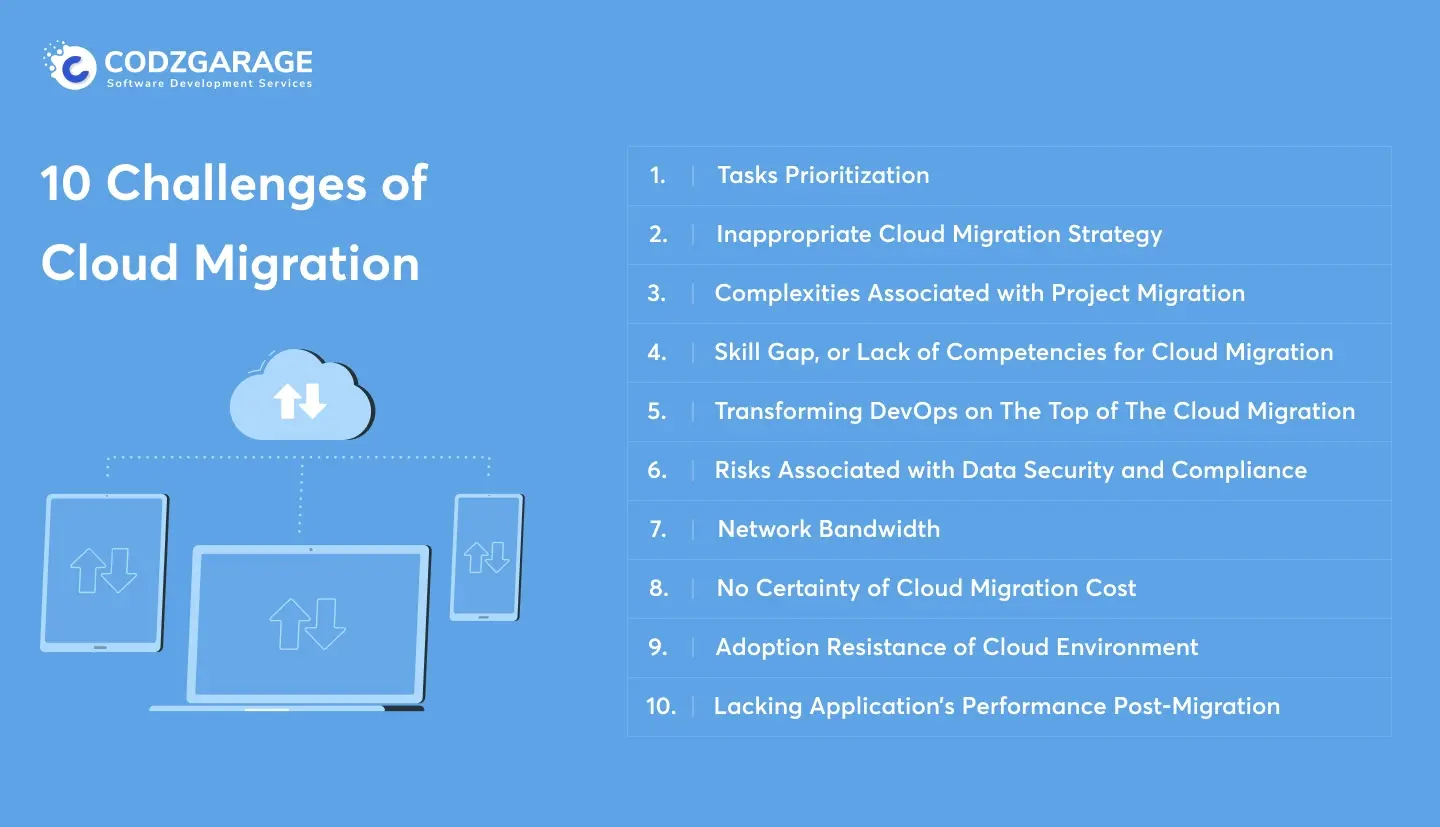
After we’ve had an intensive exploration of cloud computing and have come to know all the basics, it’s time to dig deeper. We had a glance at the questions like what’s cloud migration and what benefits of it you can embrace after you’ve migrated your existing system to the cloud. Now, let’s move towards scrutinizing the challenges and solutions of cloud migration!
1. Tasks Prioritization
Problem
Task prioritization is of utmost importance when it comes to cloud migration of your existing application. It involves pinpointing critical components and services of cloud migration which you need to migrate prior to others to ensure zero downtime. However, the task is essential; the majority of CTOs are likely to find it hard to align their datasets with the technical drivers.
Solution
In order to align the technical drivers and data elements accumulated through pre-migration assessment, you should predefine business metrics. After that, you need to define these metrics and workload migration by brainstorming these with your stakeholders. Take an example here, if your primary tech driver is agility, you’ll be likely to factor in the number of iterations and deployments your application is going to have in a year.
On the other hand, if your key driver is cost reduction, you need to focus on the annual savings and cloud migration aspects that can influence it. A better prioritization of the migration needs will lead you to end up having your application migrated to the cloud hassle-free.
2. Inappropriate Cloud Migration Strategy
Problem
When you don’t have your cloud migration strategy prepared, you’re likely to encounter tons of hassles along the way to migration. However, many of you may get it wrong, factoring in the strategy as all about pointing out migration bottlenecks. But that’s not the way to go; rather, you need to be focused on understanding the present infrastructure and your target cloud.
Solution
Taking all above mentioned indications on a serious note, you should devise a complete list of do’s and don’t of software migration to the cloud, which is capable of directing you on the right path. For that to be possible, you should conduct a thorough exploration of your existing infrastructure, know what you actually need, and then make all the adjustments possible for performance optimization in the cloud.
3. Complexities Associated with Project Migration
Problem
Next up, you mustn’t take the intricacies of the project migration on a lighter note. Organizations doing so will be more likely to encounter challenges while migrating to the cloud. For instance, it’s possible for some organizations that they think of the entire migration process as just a matter of porting existing software to the cloud as it is. But, this can bring along massive consequences like the loss of key functionalities resulting in lacking customer satisfaction and deteriorated productivity.
Solution
In order to decomplexify and overcome this challenge, you would need to scrutinize your existing infrastructure intensively and identify dependencies and compatibility issues that seem to impact the migration procedure. Once you do it, consider outlining a roadmap to migration based on whatever you’ve found so that you can accomplish the migration with ease and convenience.
4. Skill Gap, or Lack of Competencies for Cloud Migration
Problem
Switching your existing application to a cloud computing environment means you need to conduct a complete deployment of new tech stacks, thereby procedure, or third-party integrations, too. Oftentimes, you may have employees lacking the know-how and dexterity required to meet the IT roles expected under the new infrastructure.
Solution
To experience a complete elimination of this issue, you should prefer to hire an accomplished cloud migration company. For that to be true, you need to have the know-how on how to choose the best software migration service provider that owns the competencies to extinguish your needs. An expert migration agency will point out an effective strategy and follow that to ensure a complete transition of the projects to the cloud. So explore in detail and find one that suits your needs.
5. Transforming DevOps on The Top of The Cloud Migration
Problem
Choosing the DevOps approach is likely to be a good idea to assist you in easing the operation of the cloud computing world and squeezing the optimal benefits possible. Its characteristics, for instance, CI/CD constant improvement, automation, streamlined procedure, and the like, back you up, skyrocketing the speed of the development and making you more effective.
When you fail to create a DevOps culture, you will fall short of squeezing the benefits provided by cloud migration. Furthermore, DevOps transformation requires changes in technology, people, and processes, leading it to be complex for a successful cloud implementation of cloud migration. Too many changes can lead to massive disruption and cultural pushback.
Solution
A successful DevOps migration will depend upon your people to a massive extent. Hence, you better focus on creating a DevOps culture by getting rid of the team silos, employing efficacious tools, and making sure to train your employees from experts to create a DevOps mindset in the entire team working on the project.
Besides, if you adopt the Infrastructure as Code (IaC) approach for cloud computing, it will more likely ensure you get plenty of benefits, for instance, faster and simple deployment, enhanced scalability, reduced cloud expense, and the like. Irrespective of your selection between CI/CD, IaC, or any other DevOps practice, it’s your accountability to train your workforce and embed them with appropriate skills and tools. If your workforce is equipped with the right tools and skills, they’ll implement them and adapt cloud-driven development procedures conveniently.
6. Risks Associated with Data Security and Compliance
Problem
One of the considerable challenges associated with the legacy to cloud migration is data compliance and safety. These risks can possibly arise from data breaches while migration or lacking control over sensitive data.
Solution
Cloud services are inherently secure; however, it would be better if you pass your data through a secure way inside the firewall during cloud migration. Furthermore, you can add an additional layer of security assurance through encryption of the data and ensure your data follows all essential industry compliance.
7. Network Bandwidth
Problem
In case you fail to define the network bandwidth requirements of cloud-based applications, you will be experiencing migration challenges to the cloud. These applications, typically, need to outclass the performance of on-premises deployments. So, you need to define the bandwidth requirements appropriately, or otherwise, you’ll possibly be experiencing latency, resulting in lacking user experience and failure to meet business requirements.
Solution
In order to troubleshoot this issue, you need to factor in the network constraints before moving toward migration. You can do it by employing network technology modeling tools. These tools will assist you in evaluating the existing application’s performance and ascertaining key areas in need of enhancement before conducting the migration procedure.
8. No Certainty of Cloud Migration Cost
Problem
When you successfully migrate your existing application into the cloud, you become able to embrace plenty of benefits like mitigating IT expenses and the like, but anticipating the cost upfront for this project is full of complexity. The cost may go higher when an indirect project comes in between the project. The price variables can be the expense of converting the infrastructure for cloud computing, the cost of vacated data center capability, and the like.
Solution
In order to prevail over this challenge, you need to plan carefully with your migration services provider considering the hidden cost associated with the migration project. Doing so enables you to end up having accurate pricing for your project that’s invariable.
9. Adoption Resistance of Cloud Environment
Problem
At times, you may feel that cloud adoption will mitigate your control over data and processes, resisting you from making many changes. Resistance towards adoption is changing, but cloud migration is full of changes and disruption in the system, processes, or leadership.
Solution
To keep this issue at arm’s length, you should train your employees on the new cloud environment, processes, and tools to be used. In order to make sure everyone is ready for the new IT strategy, consider creating a change management plan and employing it before, as well as during the migration and post-migration. Furthermore, try to involve them in cloud adoption activities and address their concerns. When you follow these, you’ll be more likely to mitigate issues.
10. Lacking Application’s Performance Post-Migration
Problem
Low-performance post-migration is one of the migration challenges that’s often overlooked. Legacy systems are likely to feature plenty of components hosted on various servers reducing the flexibility when the system gets migrated to the cloud. Besides, on-demand computing systems come embedded with different storage alternatives and solutions, making it elementary for legacy systems to come across these issues.
Solution
You can address application performance challenges through cloud capacity planning. The procedure assesses your application’s performance as per the demand. With this, employees will be able to allot resources required to meet that specific requirement.
Signing Off….!
That’s all about cloud migration challenges and solutions. In order to perform a successful cloud migration, you need to be aware of the potential challenges along with their solutions to delimit the issues. In this article, we assessed the ten challenges of cloud migration with their solutions, too, to assist you in conducting a safe and sound migration of your legacy system. Most importantly, the guide here will help you get a better outcome when you approach your software migration agency for your converting your legacy system. Hopefully, you’ll get the most out of this article, and your migration efforts, too!
Need
Software Migration?Our Expertise
- Experienced engineers
- Quality solutions
- Cost-effective solutions




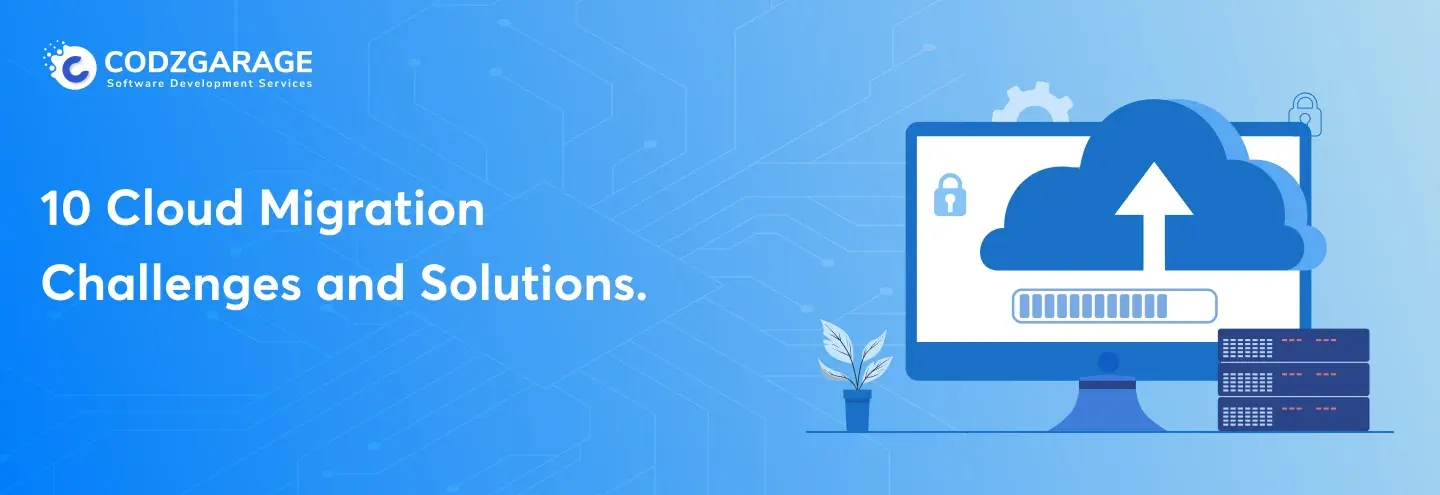

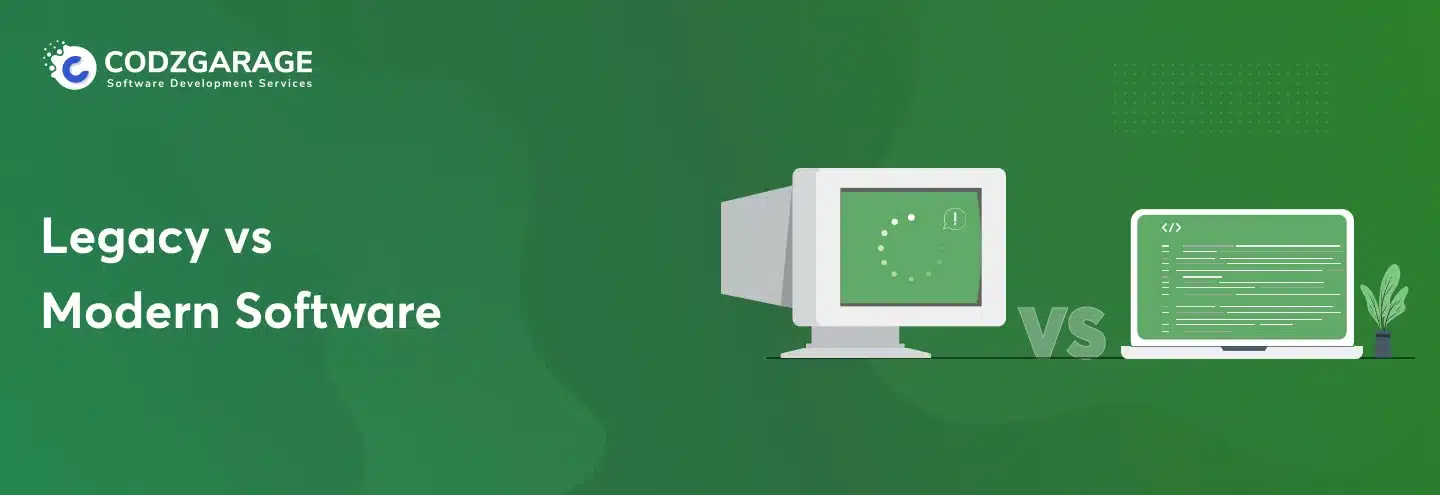
 Paresh Kapuriya
Paresh Kapuriya 